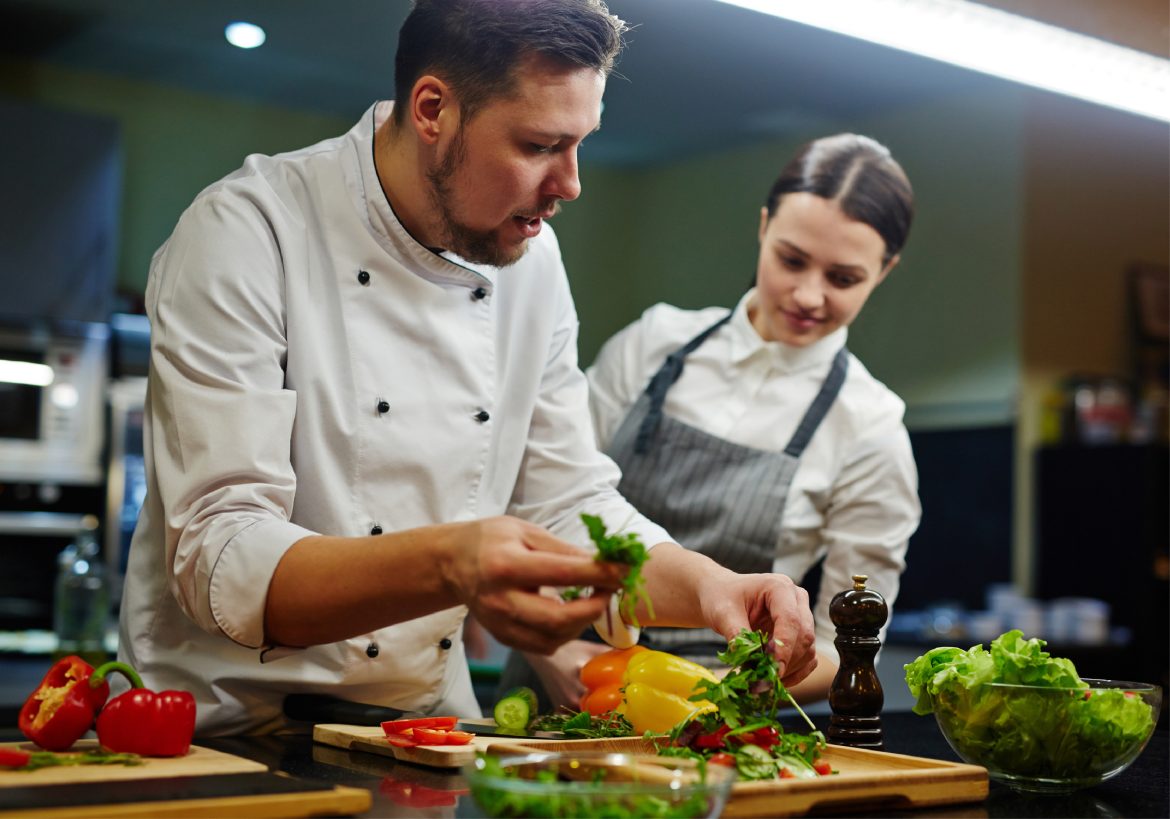Practical Tips for Storing and Reheating Chef-Crafted Meals Safely
Having chef-crafted meals at home is a pleasure, but to enjoy their quality and safety, they must be stored and reheated well. Mismanaging leftovers can cause foodborne disease from the growth of bacteria. Below are practical, expert-recommended tips for storing and reheating your meals safely while keeping their flavor and texture intact.
Safe Storage of Chef-Crafted Meals
Cool Food Quickly and Correctly 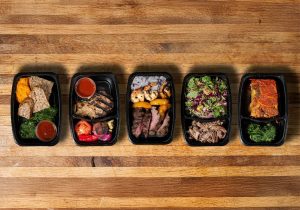
Following cooking, don't let food sit at room temperature for over two hours because bacteria grow very quickly between 40°F and 140°F-the “danger zone.” To cool food rapidly:
– Spread it out thinly on a baking sheet or tray.
– Portion large amounts (such as soups or stews) into smaller containers to cool more quickly.
– Refrigerate or freeze food immediately after it has cooled.
Use Appropriate Containers
Store leftovers in airtight containers or zip-top freezer bags to keep them fresh and prevent contamination. For soups and stews, use containers with tight-fitting covers. For casseroles or layered foods, portion into individual servings for easy reheating and portion control.
Label and Date Your Food
Always date containers on which the food was cooked. Typically, leftovers stored in a refrigerator are good to eat for 3 to 4 days; meals in the freezer will be good for 3 to 6 months based on the meal.
Store Refrigerator and Freezer at the Correct Temperatures
Store your refrigerator at or below 40°F and freezer at 0°F or below to reduce bacterial growth and keep food fresh.
Guidelines for Safe Reheating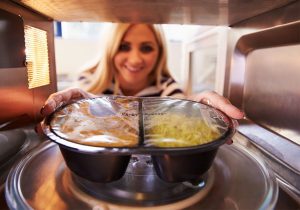
Reheat to the Right Temperature
To destroy unsafe bacteria, reheat all cooked foods that have been previously heated to at least 165°F (74°C). For cooked foods processed commercially (such as canned vegetables or frozen chicken), the initial reheating should be 135°F or higher. Check temperatures using a food thermometer for safety.
Reheat Quickly and Evenly
Reheat food rapidly, with the goal of increasing the temperature from 41°F to the desired temperature in two hours. Reheating slowly can permit bacteria to grow. Stir food repeatedly while reheating to ensure heat distribution and prevent cold spots where bacteria can live.
Apply Appropriate Reheating Techniques 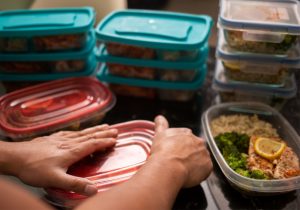
Stovetop (Direct Heat): Best for stews, stir-fries, casseroles, and soups. If necessary, add a small amount of water or oil, cover the pan to lock in moisture, and boil liquids to achieve safety.
Microwave: Ideal for most meals. Cover food with a microwave-safe lid or ventilated wrap to prevent splatters and help retain moisture. Stir halfway through the heating and stand for two minutes to ensure the heat spreads evenly.
Ovens and Steam Cookers: Efficient if preheated and if the food is heated to safe temperature within two hours.
Avoid re-warming in crock pots and steam tables because these do not heat the food fast enough to stop bacterial growth.
Reheat Only Once
Multiple reheating contributes to a risk of bacterial contamination. Reheat food just once and toss out leftovers that have been reheated.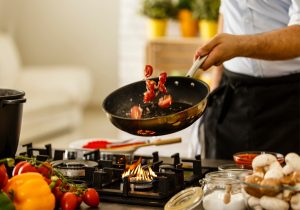
Serve Immediately or Keep Hot
Serve reheated food immediately or keep it hot at 135°F or above if holding for service. Cooling and reheating multiple times increase safety risks.
Additional Practical Tips
Thaw Frozen Meals Safely: Thaw frozen meals in the refrigerator, under cold running water, or in the microwave. Avoid thawing at room temperature. When thawing in the microwave, reheat immediately afterward to 165°F.
Stay Out of the Danger Zone: Keep hot foods hot (above 140°F) and cold foods cold (below 40°F) at all times to reduce bacterial growth.
Use a Food Thermometer: This is the best method to guarantee food safety. Check the internal temperature in a few places, particularly the thickest areas of the meal.
Cover Food When Storing and Reheating: Covering keeps the food moist, protects it from contamination, and facilitates uniform heating.
Portion Before Storing: Portions are more evenly cooled and reheated faster to minimize danger zone time.
Summary Table: Safe Storage and Reheating Temperatures
Step – Temperature – Time Guidelines 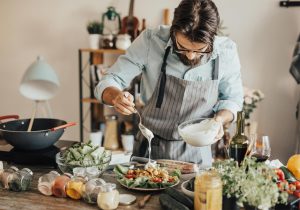
Refrigerate cooked food – Below 40°F – within 2 hours of cooking
Freeze cooked food – 0°F or lower
Reheat food already cooked – To at least 165°F – in 2 hours
Reheat food from a commercial process -To at least 135°F once
Keep hot food after reheating – At or above 135°F
Consume refrigerated leftovers – Within 3-4 days
Consume frozen leftovers – Within 3-6 months, depending on the food type
Some Sites to buy the best Chef Crafted Meals from:
Here, we are mentioning some sites from where you can buy the best home-like chef-crafted meals from:
CookUnity
Daily Harvest
Freshly
Splendid Spoon
The sites that we have mentioned here are some of the great ones where you can consider options for chef crafted meals from. But from these sites there is one that we adore the most which is CookUnity which provides an extensive range of Chef Crafted Meals to select from. Rest the decision depends on you which option you wanna go with.
Conclusion
Safe storage and reheating chef-prepared food is easy to do when you use these smart tips. Cool food quickly, store it correctly in covered containers, reheat to the appropriate temperature, and use the proper methods to have your meals turn out great-tasting and safe to consume. Always use a food thermometer and resist the temptation to reheat food more than once. If you follow these habits, you can safely and healthily enjoy your gourmet leftovers.
Shop Now